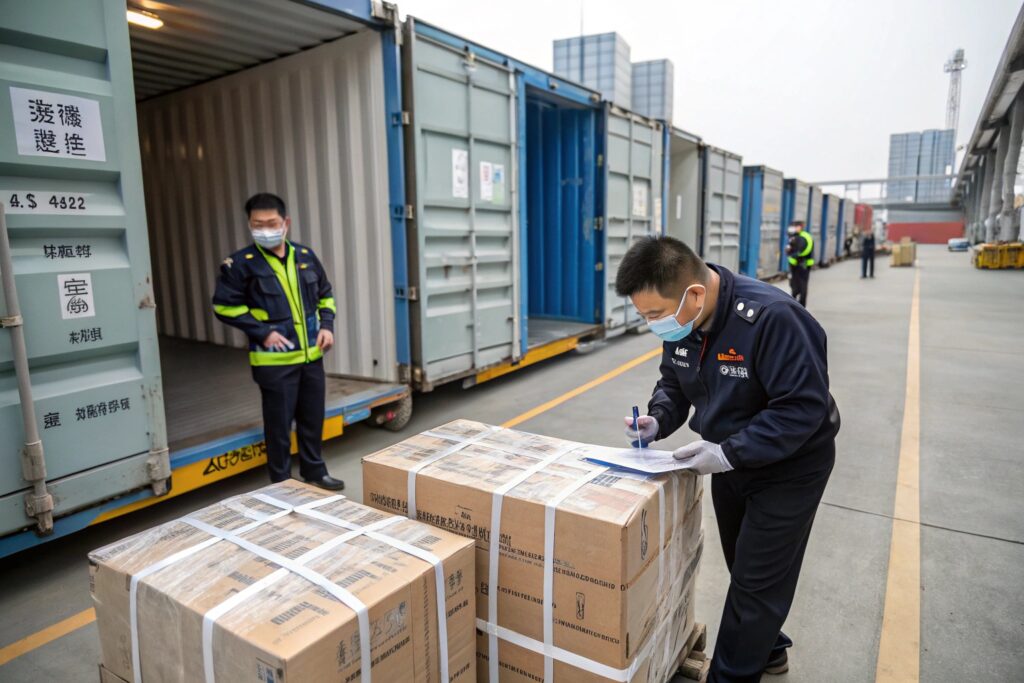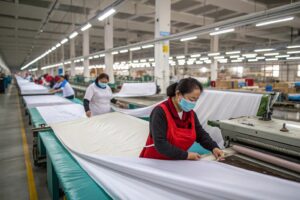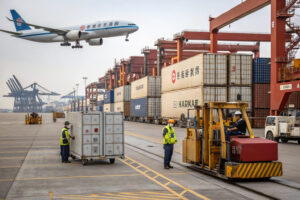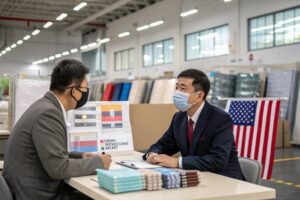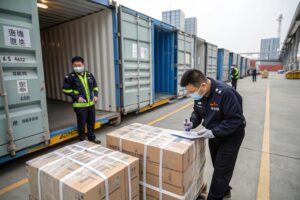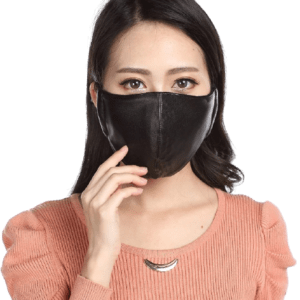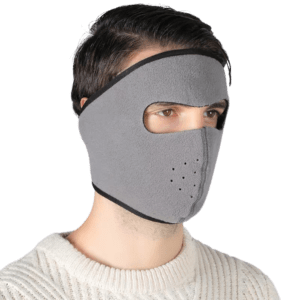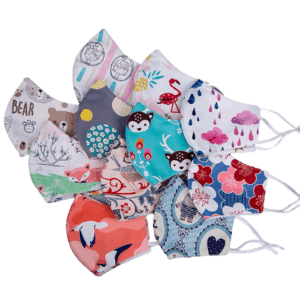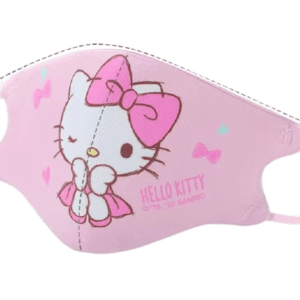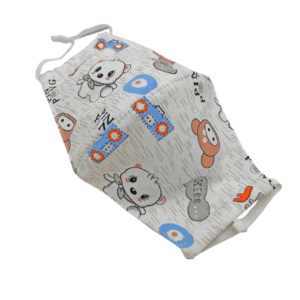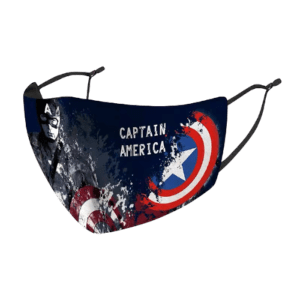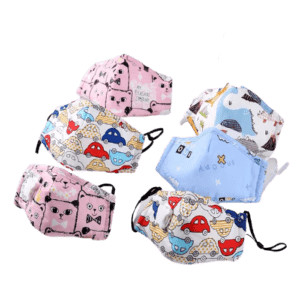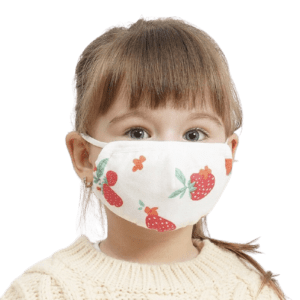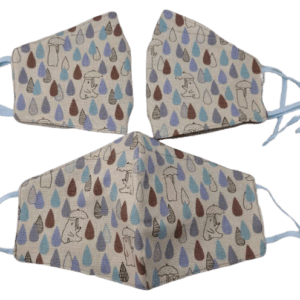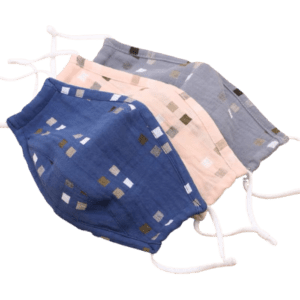If you’ve ever lost a shipment or had your cargo delayed, you know how crucial logistics security is. For bulk mask exports—especially during global health crises or fashion seasons—buyers can’t afford theft, mishandling, or customs issues.
The most secure logistics options for mask shipments from China include bonded warehousing, tracked air freight, insured sea cargo, and multimodal routes via the China-Europe Railway.
As a long-time exporter of fabric face masks, I’ll guide you through the best logistics setups that reduce risk, minimize loss, and ensure smooth customs clearance—backed by our own 10+ years of hands-on shipping experience.
Why Is Logistics Security Crucial for Face Mask Shipments?
In the accessory and PPE space, masks are high-value, high-volume, and sometimes high-sensitivity. That makes them targets for theft, substitution, or misrouting during transit.
Logistics security ensures that what leaves your Chinese supplier arrives at your warehouse—intact, timely, and undamaged.
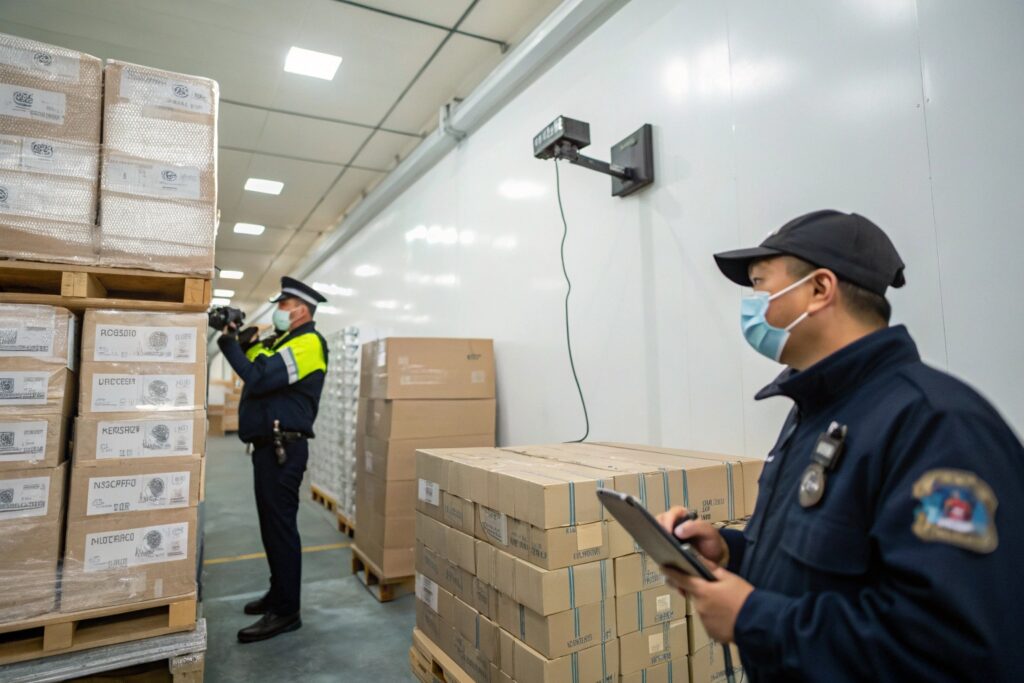
What Risks Do Buyers Commonly Face?
Common risks in mask logistics include:
- Cargo theft or substitution during transit or in third-party warehouses
- Tampering or re-routing of shipments after customs clearance
- Customs holds or rejection due to incomplete documentation
- Shipment delays due to improper labeling or lack of insurance
Many of our U.S. and EU clients have faced issues with unverified freight forwarders or resellers offering “cheaper” rates with no accountability.
How Can We Reduce These Threats?
We address this with:
- End-to-end digital tracking
- Real-time container monitoring via GEODIS
- QR-coded labeling and batch-traceable packaging
- Export insurance from China PICC or Allianz
- Working only with licensed Class A forwarders
We also offer clients access to bonded logistics parks in Ningbo and Yiwu, which prevent early duties and unauthorized handling.
Which Shipping Modes Provide the Best Security?
Choosing the right shipping mode isn’t just about price—it’s about how safely your goods can move from A to B.
Air freight offers speed and traceability; sea freight gives bulk plus insurance options; railway transport combines security with cost-efficiency.
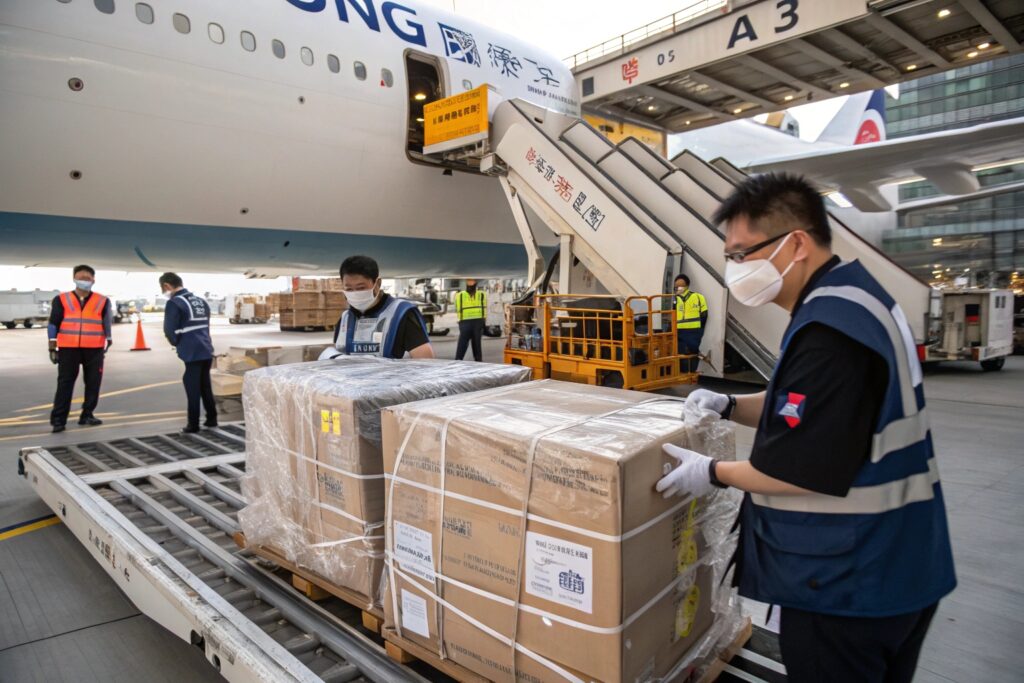
Is Air Freight Always the Safest?
For high-priority orders, air freight wins for both speed and control. Most carriers offer:
- End-to-end GPS tracking
- Secured ULD containers
- 24/7 monitoring at cargo hubs
We work with partners like SF Express and Cainiao to route masks via PVG (Shanghai), CAN (Guangzhou), or HGH (Hangzhou) to North America.
Many clients prefer DAP/DDP air freight with insurance to avoid customs delay risks.
What About Ocean Shipping for Larger Volumes?
For full container loads (FCL), sea freight is secure if managed well:
- Use container seals and take pictures before door closure
- Request electronic seals or GPS tracking on high-value shipments
- Choose bonded port routes for faster customs clearance
We usually ship via Ningbo or Qingdao ports with major carriers like Maersk and CMA CGM.
Buyers can request All-Risk Insurance to protect against storm loss or theft.
What Documentation Helps Avoid Delays or Seizures?
Nothing jeopardizes a mask shipment faster than missing or inaccurate paperwork. Customs authorities rely on documents to flag, clear, or seize your goods.
Proper documentation, including HS codes, commercial invoices, and health certifications, ensures faster clearance and fewer disputes.
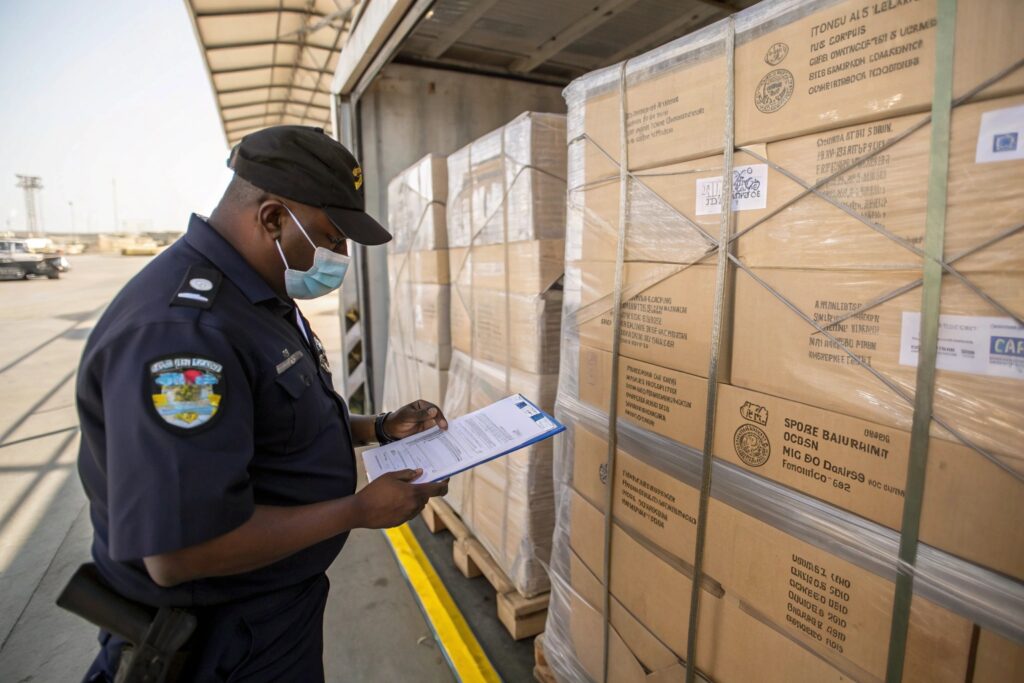
Which Documents Are Essential?
At a minimum, buyers should require:
- Commercial Invoice (CIF/DAP/DDP terms listed clearly)
- Packing List (with SKU-level detail)
- Bill of Lading / Air Waybill
- Certificate of Origin (CO) for tariffs and FTA use
- Export Declaration from Chinese customs
For certain mask categories, you may also need:
- Disinfectant registration (if treated)
- Product test report or CE/FDA files (for retail-grade masks)
You can verify HS Codes via WCO's system.
How Do We Support Documentation?
We offer:
- Dual-language documents
- Pre-clearance review via our logistics partners
- Fast CIQ registration for textile goods
- E-labeling systems that comply with EU/US import rules
Our in-house logistics coordinator works directly with your broker to reduce delay risk.
How Can Buyers Monitor Shipments in Real Time?
You don’t need to wait until your shipment’s late to know something’s wrong. Today’s secure logistics rely on real-time tracking dashboards and mobile alerts.
Buyers can monitor shipments via GPS-linked freight dashboards, QR-scannable packaging, and integrations with digital freight platforms.
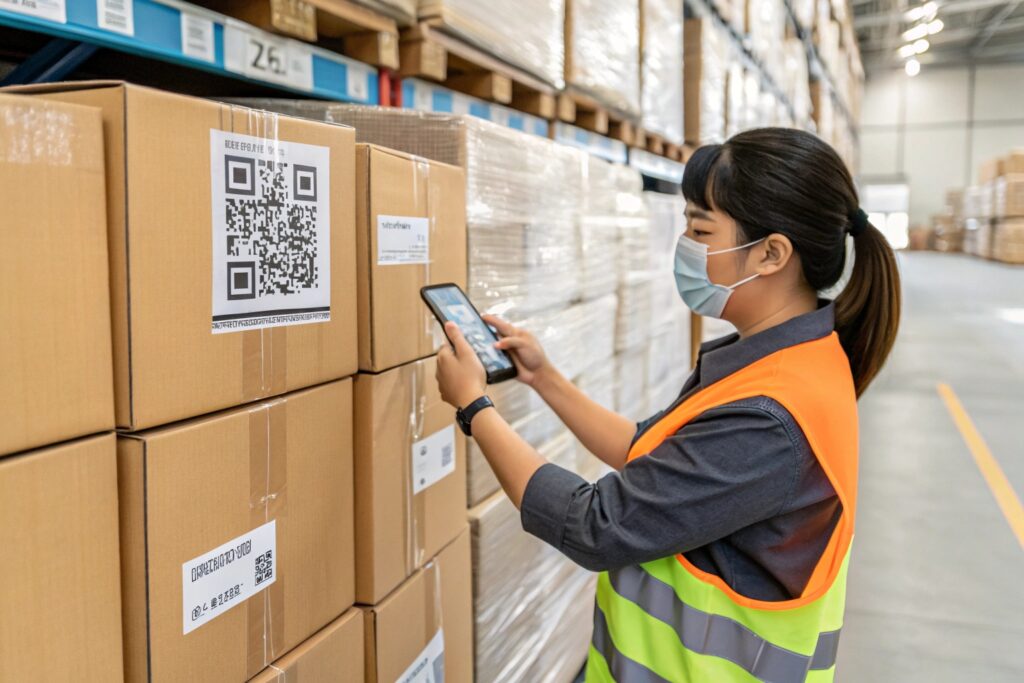
What Platforms Are Most Reliable?
We recommend:
- CargoWise One for full-chain logistics visibility
- Flexport for small-to-mid shipments to the U.S.
- Cainiao Smart Logistics for Asia-to-EU with bonded routing
We integrate QR traceability via Scantrust for each carton, linking:
- Production date
- Batch test results
- Freight status & ETA
This is especially helpful for Amazon FBA shipments, where compliance is strict.
Can Small Buyers Access These Tools?
Yes. Even with small orders (e.g., 2–3 CBMs), we offer:
- Live WhatsApp updates
- Access to our dashboard (via login)
- POD (Proof of Delivery) scan archive
Every mask order gets its own freight number + warehouse inbound photo, so even if it’s small—it’s secured.
Conclusion
Choosing secure logistics options isn’t just about avoiding theft—it’s about protecting your supply chain, your margins, and your brand’s reliability. From bonded storage and real-time tracking to certified documentation and insured freight, we help mask buyers ship confidently from China to the world. Security is no longer a luxury—it’s your new baseline.

